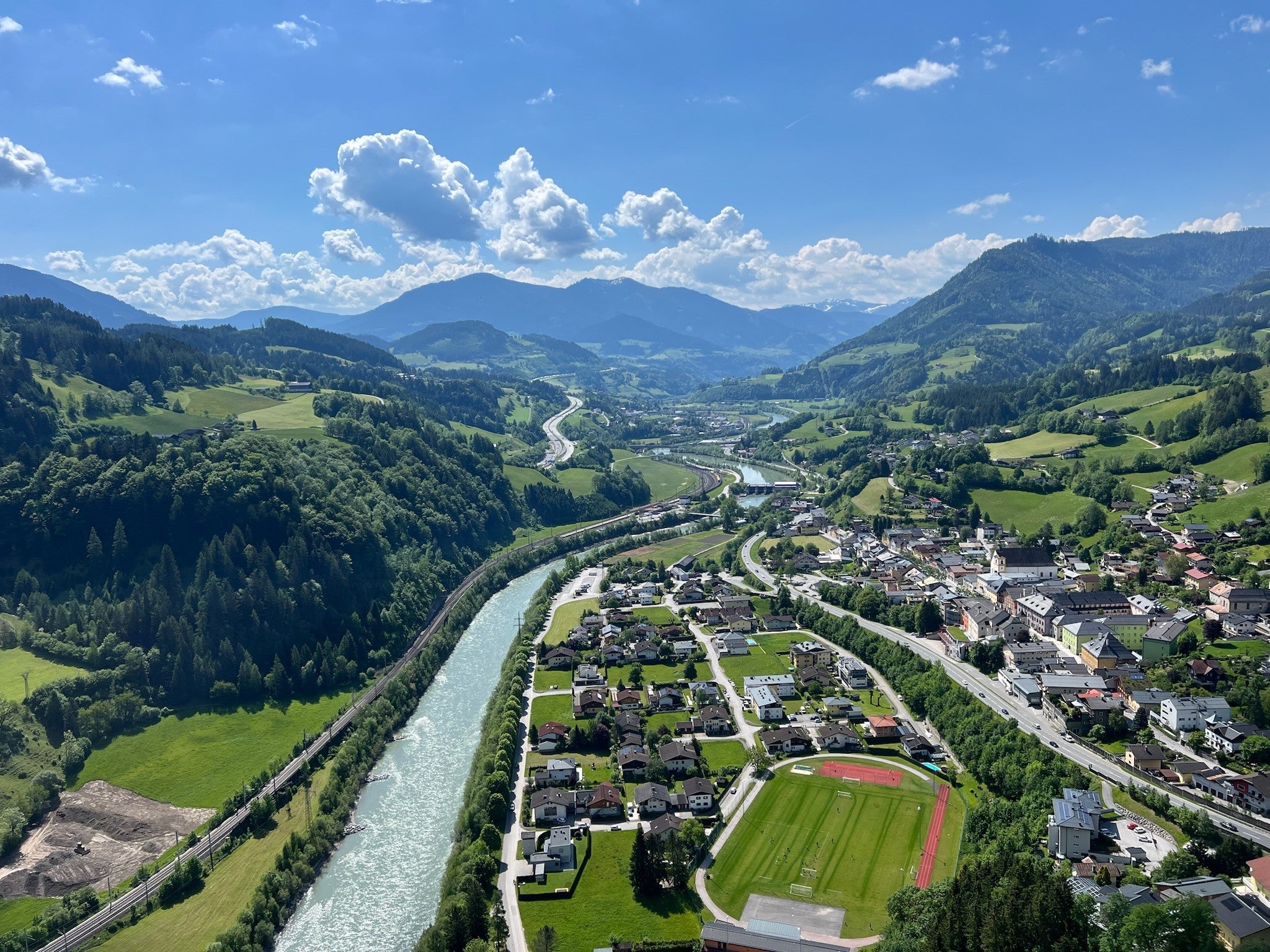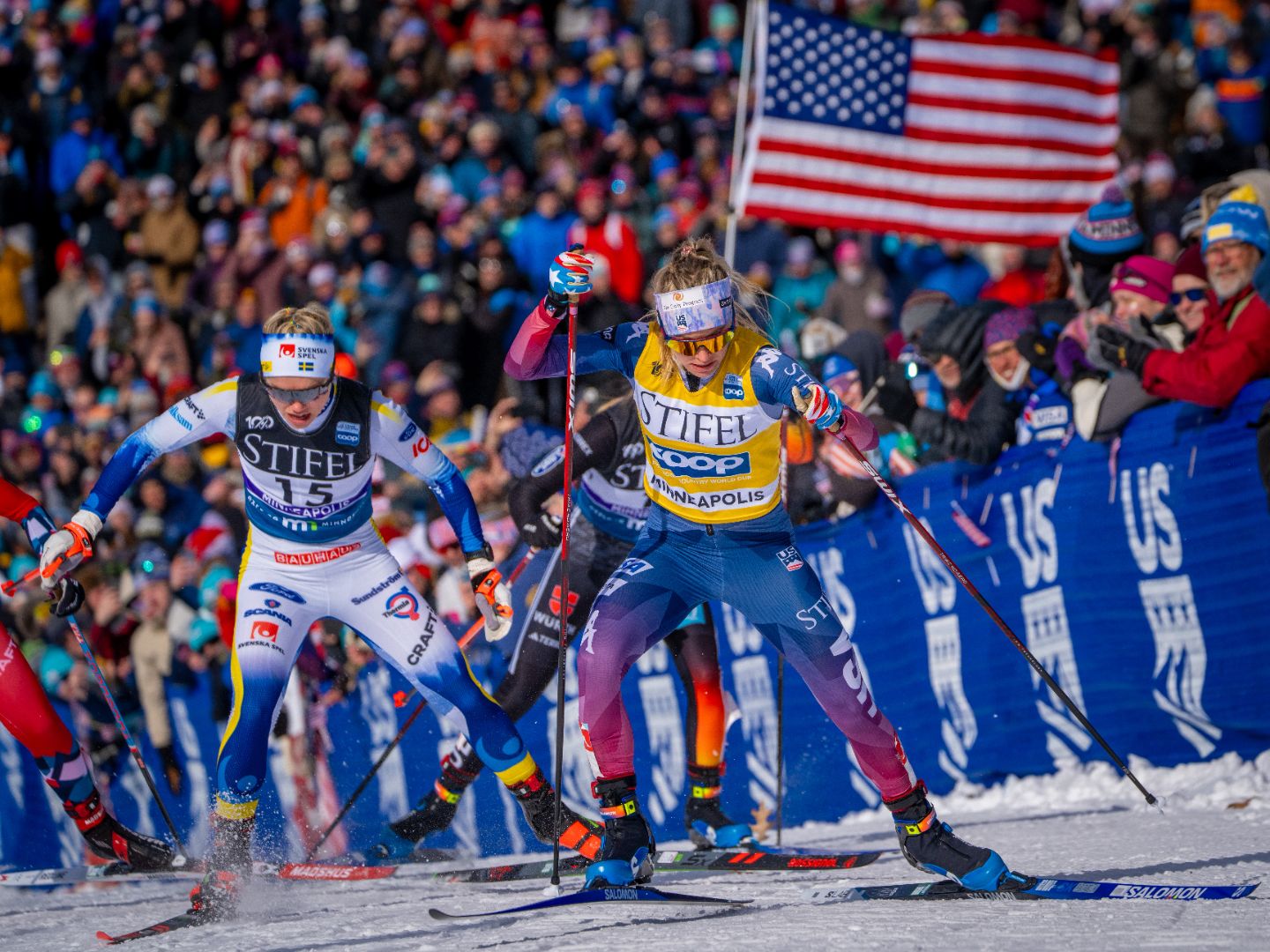Over my years of ski picking, one of the most misunderstood ski characteristics has been the closing flex—also referred to as FA or MF value—of skis. The stiffness measurement of a pair of skate or classic skis is just one data point along the load curve. It is usually measured at the balance point or an 8cm offset from the balance point. It gives a rough ballpark of the stiffness of a pair of skis but does not tell you the quality or characteristics of the skis. Also, that point is just one static data point on the X/Y graph of force and camber height. It gives no reference to how stiffness or flex builds into that data point and no reference on how much stiffness lies beyond that point. It would be like trying to draw a best-fit curve with just one data point (see how helpful the graph below looks).

All this is not to say we don’t use closing flex (FA/MF) in our ski selection. It can give a ballpark weight range. I know for sure that traditional skate skis cannot be fit much below 110% of body weight and classic skis cannot be fit below 50% of body weight. However, the upper range of the FA/MF value of a certain ski cannot be easily determined. We have seen some high-quality skate skis fitting well up to 140%+ of full body weight and some classic skis up to 65%+ of half body weight. We have a pair of retired race skis that have seen multiple World Cup podiums that are listed at 91kg which is about 150% off the skier's weight. Most people think only world-class skiers can ski on “stiff” skis. But the secret is how the skis build into and beyond that static stiffness measurement.
For an ideal fit, classic skis will have a half-body weight camber that is stiff enough to carry wax/skins without any drag. But their secondary chamber is easy to close/kick. Skate skis are a bit the opposite, they need a “soft” primary camber so they accelerate/climb and a stiffer yet supple secondary camber that provides stability and power transfer. Trying to use one static closing flex number to identify high-quality skis that meet these first principle characteristics is not possible. Combining that with the fact we see some variance with the measurement repeatability of closing flex gives us a need for a more comprehensive view of ski flex.
We use a dynamic load flex profile test in addition to static measurements to get us a bit more visibility into finding the ideal pair of skis for our skiers. We are trying to use as much data as possible along with our skilled hands and eyes to find high-quality skis that fit the desired conditional and performance characteristics our skiers are requesting. Asking for a specific flex number (e.g., I need a 93kg skate ski or 43kg classic ski) is missing the forest for the trees.
If you are looking to get some hand-picked skis for next season fill out our Ski Request form! Then we will reach out to discuss models that will work best for you.



